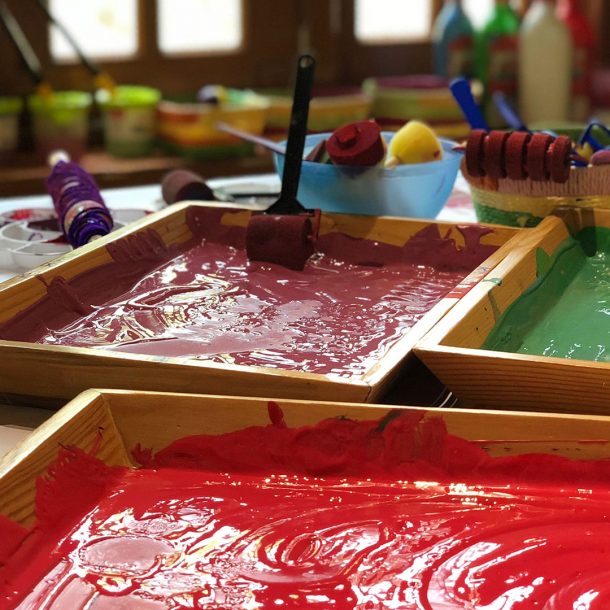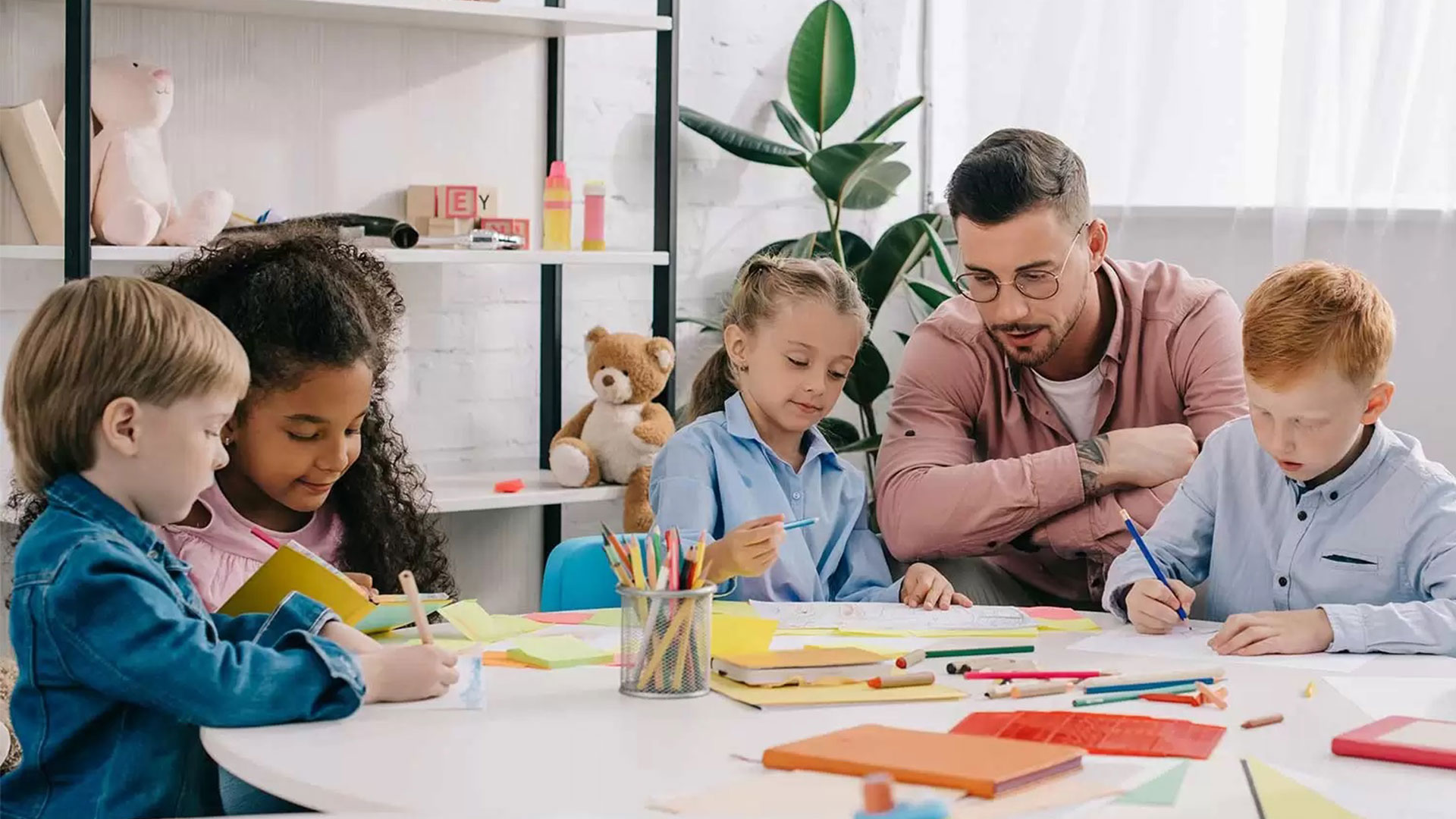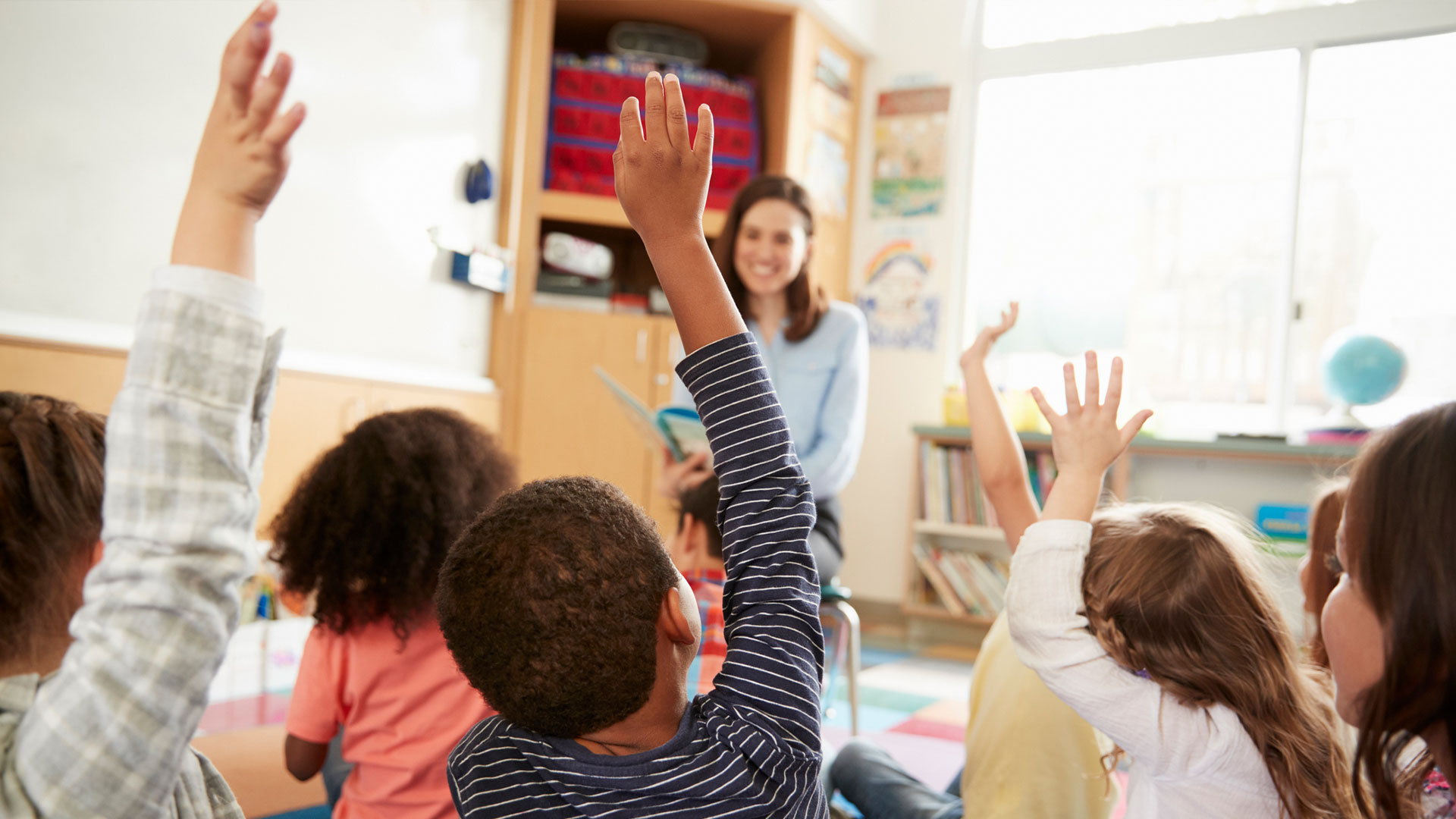
Three Strategies for Managing classroom Behaviour and Promoting Positive Student Engagement
During classroom teaching, when the lesson is progressing with a smooth flow, any interruption can cause a reaction in the educator. This raises the level of stress for both the educator and the students and also disrupts the learning process. There can be two possible reasons for why the student is misbehaving:
- They are either bored and do not find the lesson interesting.
- They are struggling to understand the lesson and are thus creating a distraction
Oftentimes, teachers identify “troublemakers” and focus on how to manage their behaviour. However, a classroom has an environment of its own that depends on the interaction between the teachers, students, learning activities and the equipment. Adding an extra layer are the experiences of the wider social world (such as family, community) that teachers and students bring to the class.
Diverting focus to a particular group of students may not be helpful in managing classroom behaviour. In this post, we examine three strategies that can be beneficial in managing classroom behaviour and encouraging student engagement.
#1 Consistent and clear classroom rules
Establishing simple rules and consistently and fairly implementing them tells the students that you are firm when it comes to discipline. They know what to expect and what conduct is acceptable. Rewarding and praising good behaviour is a good way to impact both the student receiving it and those around them. For maximum effect, the praise should be quick, specific and descriptive so that other students know why their classmate is being rewarded.

To ensure that all students are engaged, the activities in class should be undertaken based on their interests. If all of them are allowed to participate without any entry barrier, they will be encouraged to focus on further learning objectives without resorting to distracting tactics.
#2 Create exciting lesson plans
If something doesn’t interest us, our mind seeks other ways to stay active. Even adults get bored in a long meeting and either zone out or start fiddling with their phones, pens or keys. Students are no different. When the lessons do not elicit any excitement in them, they resort to disruptive behaviours.

Hence, it is vital to hook them to the lesson right from the beginning. Make your lessons engaging and stimulating through the use of various teaching methods, games and interactive activities. For example, while games may work for younger students, try to engage older students by referencing the latest trend in tech or pop culture. If they know from the get-go what the lesson will be about, they are less likely to disrupt the class.
#3 Build positive relationships with students
Mutual respect is integral for a classroom. You have to establish your rules but at the same time make students feel valued. Aggressive tactics such as shouting at them or speaking down to them hardly ever work. Instead, foster a positive relationship— learn their names, show interest in their activities. When they feel seen, they are less likely to misbehave.

Use positive language to enforce positive behaviour. Telling students “let’s do this” instead of “don’t do that” is likely to make them feel respected and react positively. Additionally, talk about them in a positive light with their parents and school administrators. Positivity also extends to body language. Modelling the behaviour that you want your students to exhibit will make them learn by watching you.
Implementing the above strategies can develop a safe learning environment in the classroom where students feel motivated and responsible. They will be more attentive and self-discipline themselves where required. Thus, it is important to work with them to maintain a calm and engaged classroom.


